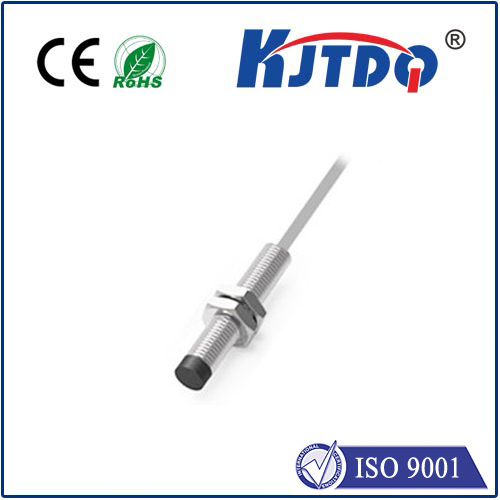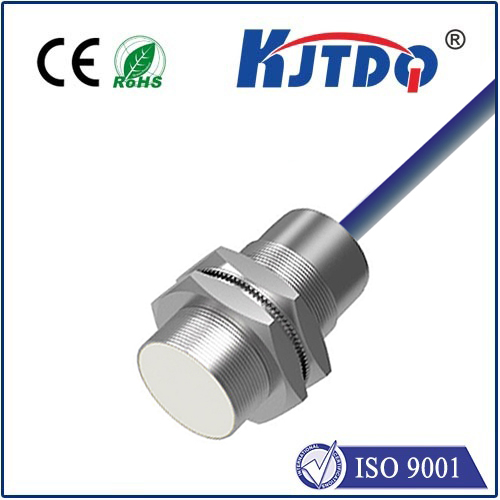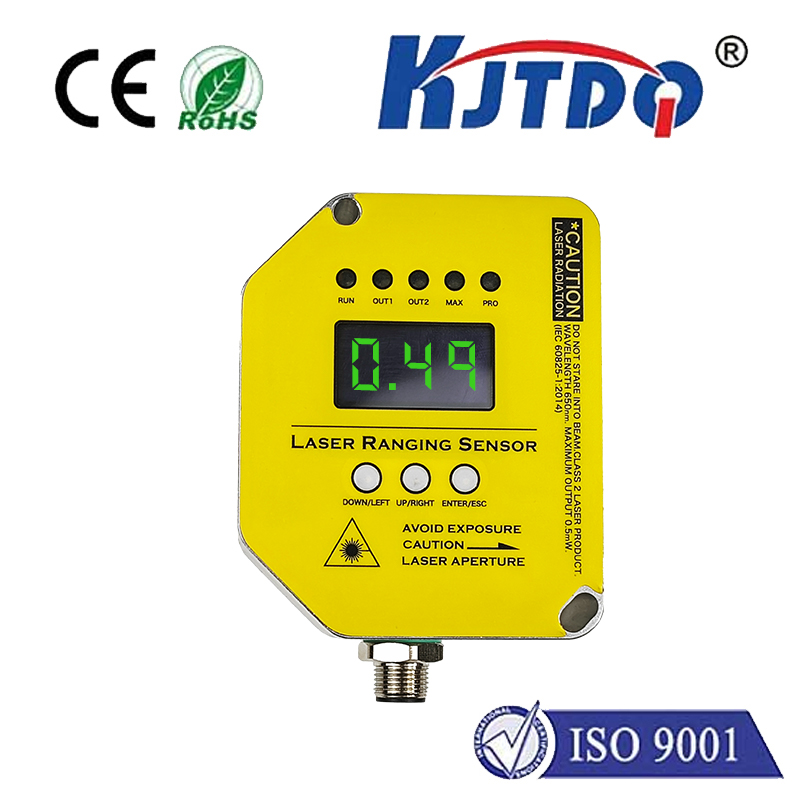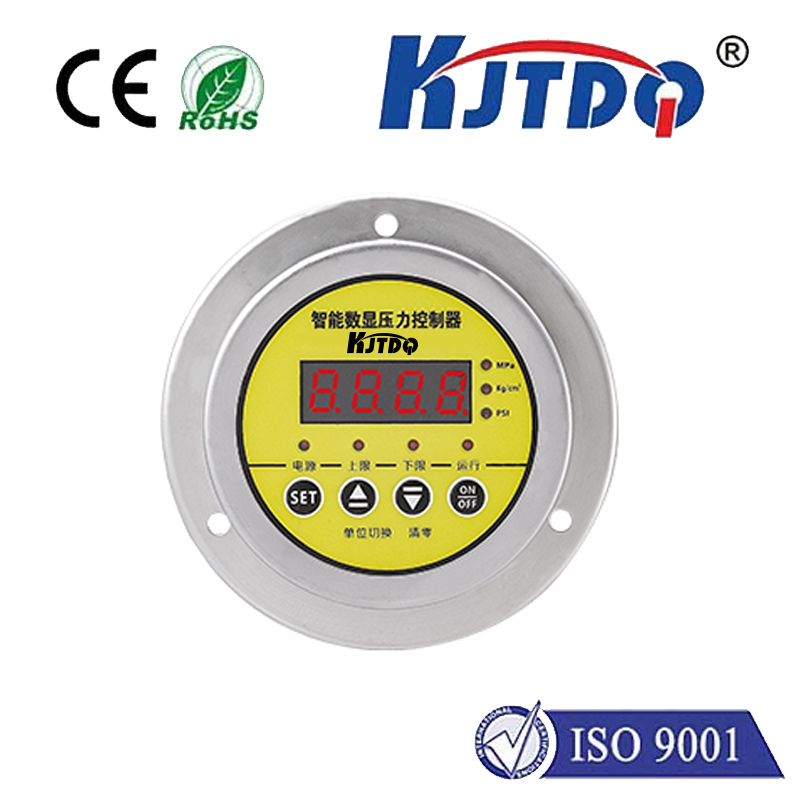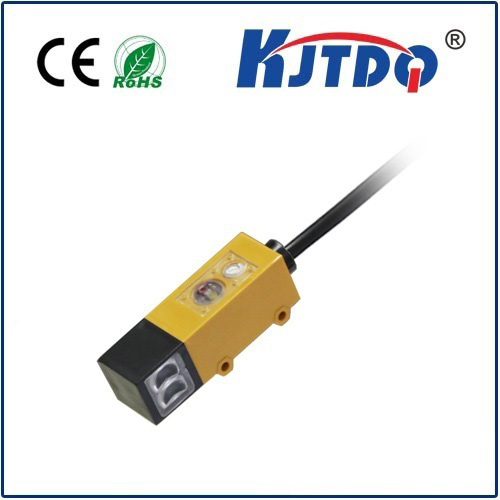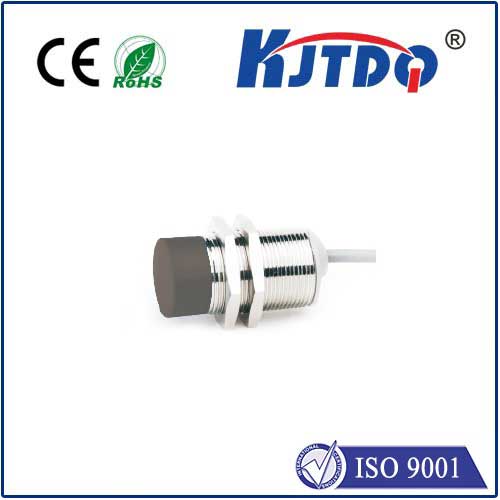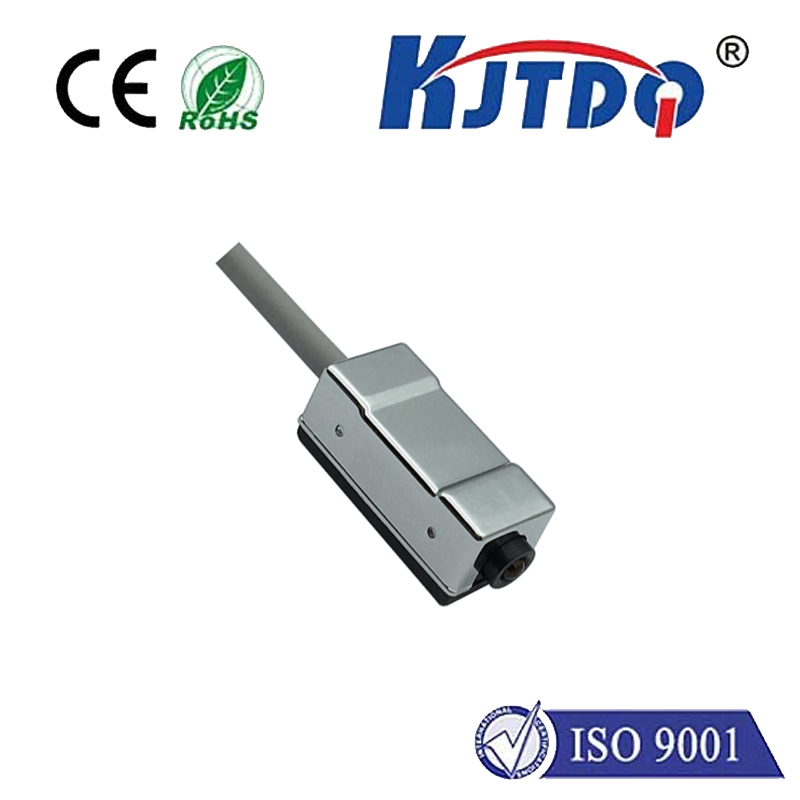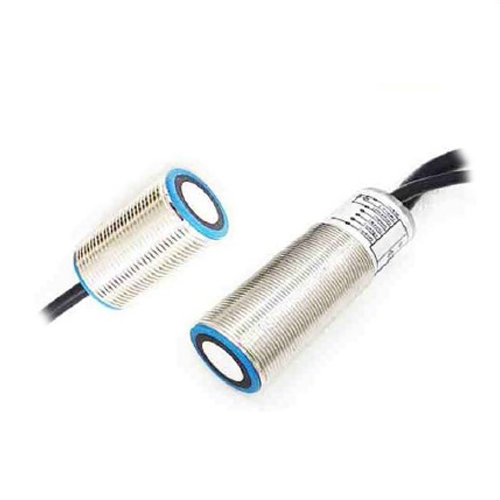wireless optical sensor
- time:2025-08-15 03:42:52
- Click:0
Unseen Signals: How Wireless Optical Sensors Are Revolutionizing Monitoring and Connectivity
Imagine monitoring the structural integrity of a critical bridge in real-time, detecting minute chemical changes within a bioreactor miles away, or enabling high-speed data transfer in environments choked with radio interference – all without a single physical wire. This is the tangible power unlocked by wireless optical sensors (WOS), a rapidly advancing field transforming how we gather, transmit, and utilize critical data across countless industries. Combining the precision of optical sensing with the freedom of wireless communication, WOS systems offer compelling solutions where traditional wired or RF wireless sensors fall short.
Decoding the Technology: Light Becomes the Messenger
At their core, wireless optical sensors operate on a fundamental principle: they convert a physical or chemical parameter they sense (like temperature, pressure, strain, chemical concentration, or even the presence of specific gases) into an optical signal. This signal, typically a change in light intensity, wavelength (color), phase, or polarization, is then transmitted wirelessly using light itself – often infrared (IR) or visible light – rather than radio waves (RF). This transmission can occur over free space or guided media like optical fibers in hybrid configurations.
There are two primary configurations:

- Free-Space Optical (FSO) Links: This involves direct point-to-point transmission of the optical signal through the air. Think of it like a highly focused, data-carrying flashlight beam. FSO communication enables high bandwidth and is inherently immune to RF interference and eavesdropping. However, it requires a clear line of sight and can be susceptible to atmospheric conditions like heavy fog or dust.
- Hybrid Systems (Optical Sensing + RF/VLC Transmission): Many practical WOS systems employ optical principles for the actual sensing element, but then use a small, integrated RF transmitter (like Bluetooth Low Energy or Zigbee) or Visible Light Communication (VLC/Li-Fi) to wirelessly relay the processed data to a central hub or gateway. This leverages the advantages of optical sensing while providing greater flexibility in connectivity.
Why Choose Wireless Optical Sensing? Key Advantages
The move towards wireless optical sensors is driven by several compelling benefits that directly address limitations of conventional sensor technologies:
- Immunity to Electromagnetic Interference (EMI): This is arguably the most significant advantage in industrial, medical, and high-voltage environments saturated with electrical noise. Optical signals are unaffected by EMI, ensuring reliable data transmission where RF sensors might fail.
- Intrinsic Safety: Optical sensors generate minimal heat and electrical sparks, making them ideal for deployment in hazardous, explosive atmospheres (like oil & gas refineries, chemical plants, or mining operations) where traditional electronic sensors pose a safety risk. Intrinsically safe design is a major driver in these sectors.
- High Bandwidth Potential: Optical communication, especially FSO, offers vast bandwidth capabilities, far exceeding many conventional RF wireless systems. This enables high-resolution sensing, fast data transfer rates, and simultaneous transmission from multiple sensors.
- Enhanced Security: Optical signals, particularly directional FSO beams, are much harder to intercept without physical access compared to omnidirectional RF signals. This provides a higher level of security for sensitive data transmission.
- No Conducted Path for Noise/Surges: By eliminating metal wires, WOS systems avoid creating paths for ground loops, electrical noise, or damaging voltage surges, simplifying installation and improving signal integrity.
- Chemical/Multiparameter Sensing: Optical techniques, like spectroscopy, are exceptionally well-suited for detecting specific chemical compositions or biological agents, offering high sensitivity and selectivity often unattainable with purely electronic sensors. Multiplexing allows multiple sensing points or different parameters along a single optical path.
Navigating the Challenges
While powerful, wireless optical sensor deployment isn’t without considerations:
- Line-of-Sight Requirement (for FSO): FSO links demand an unobstructed path between transmitter and receiver, which can limit flexibility in some complex environments.
- Environmental Sensitivity: Atmospheric conditions (fog, rain, snow, dust, smoke) can significantly attenuate free-space optical signals. Robust deployment requires careful consideration of link budget and potentially redundant systems.
- Power Constraints: Battery-powered wireless sensors, including optical ones, face limitations on operational lifespan. Energy harvesting techniques or ultra-low-power designs are crucial research areas.
- Cost and Complexity: The precision optics and optoelectronics involved can sometimes lead to higher initial costs compared to simpler electronic sensors, though this is rapidly changing with advancements in manufacturing.
- Standardization: While improving, the landscape of protocols for optical wireless sensor networks is less mature than established RF standards like Wi-Fi or Bluetooth, requiring careful system design.
Where Wireless Optical Sensors Shine: Real-World Applications
The unique advantages of WOS technology make them indispensable in diverse scenarios:
- Industrial Automation & Condition Monitoring: Monitoring high-voltage equipment (transformers, switchgear), rotating machinery health (vibration, temperature), pipeline integrity, and corrosive processes in chemical plants – all benefiting from EMI immunity and intrinsic safety.
- Healthcare & Biomedical Sensing: Enabling non-invasive or minimally invasive patient monitoring (glucose, blood oxygen, vital signs), biosensors for diagnostics, and safe monitoring within MRI suites where RF devices are prohibited.
- Environmental Monitoring: Deploying remote sensing networks for air/water quality (detecting pollutants, greenhouse gases), forest fire detection, and structural health monitoring of bridges, dams, and wind turbines – often in harsh or remote locations.
- Smart Buildings & Cities: Occupancy detection, lighting control using VLC, indoor air quality monitoring, and secure communication within sensitive facilities.
- Defense & Security: Perimeter security, chemical/biological threat detection, secure communications in battlefield scenarios, and guidance systems requiring immunity to jamming.
- IoT and Harsh Environments: Extending the Internet of Things into areas previously inaccessible to conventional wireless (high EMI, explosive risk) through reliable remote optical sensing.
The Future: Brighter, Smarter, More Connected
Research and development in wireless optical sensors are accelerating. Key frontiers include:
- Improved Power Efficiency & Energy Harvesting: Developing sensors that run for years on minimal energy or harvest power from ambient light, vibration, or temperature gradients.
- Advanced Materials & Nanophotonics: Creating smaller, more sensitive, and lower-cost optical sensing elements. Nanostructured materials promise revolutionary sensitivity.
- Hybrid RF-Optical Networks: Creating robust, multi-modal networks that leverage the strengths of both RF and optical communication for maximum reliability and coverage.
- Enhanced Li-Fi Integration: Leveraging existing lighting infrastructure for both illumination and high-speed data communication/sensing in smart spaces.
- Artificial Intelligence: Integrating AI directly at the sensor node or gateway for real-time data analysis, anomaly detection, predictive maintenance, and adaptive sensing strategies.
As these technologies mature and converge, wireless optical sensors will move from niche applications to become a foundational pillar of pervasive sensing and communication, enabling unprecedented levels of monitoring, control, and safety in our increasingly complex world. Their ability to deliver reliable, high-integrity data where other technologies struggle ensures their role will only grow brighter.












